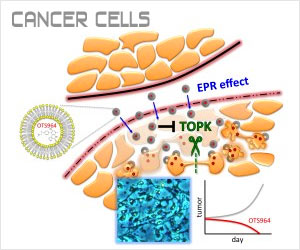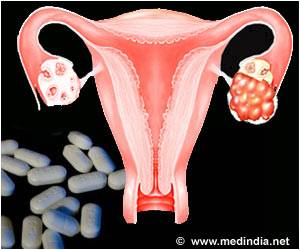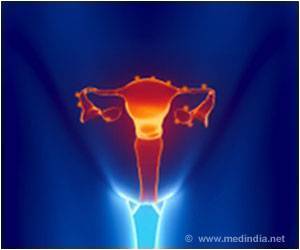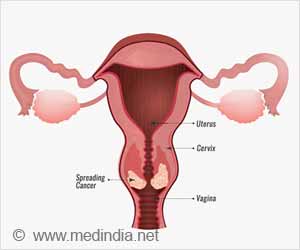Overall tumor response rate of 26 percent is seen with Olaparib, an experimental twice-daily oral cancer drug, in several advanced cancers associated with BRCA1 and BRCA2 mutations.

The international research team studied nearly 300 patients with inherited BRCA1 and BRCA2 mutations who had advanced cancers that were still growing despite standard treatments. Patients were enrolled and treated at 13 centers around the world. In addition to the 26 overall shrinkage or disappearance rate in tumors following treatment with olaparib, researchers also found no further growth in cancer for at least eight weeks in 42 percent of patients. Overall survival at one year following treatment with olaparib was:
- 64 percent among ovarian cancer patients (with a median progression-free survival of 7 months)
- 45 percent among breast cancer patients (with a median progression-free survival of nearly 4 months)
- 41 percent among pancreatic cancer patients (with a median progression-free survival of nearly 5 months)
- 50 percent among prostate cancer patients (with a median progression-free survival of more than 7 months)
PARP - poly (ADP-ribose) polymerase - is used by healthy cells to repair themselves. However, cancer cells also use PARP to repair DNA damage, thus extending their growth and possible lethality. Olaparib selectively binds to and inhibits PARP, potentially preventing it from repairing DNA damage in cancer cells, but not in normal cells. In cancers that also have a mutation in BRCA1 or BRCA2, this may help control the tumor or shrink it.
BRCA1 and BRCA2 mutations in women increase the risk of several cancers, including breast and ovarian, while in males the BRCA2 mutation in particular has been tied to breast, prostate, and pancreatic cancer. About five percent of breast cancers and ten percent of ovarian cancers are associated with an inherited mutation in BRCA1 or BRCA2.
Side effects were reported for 54 percent of participants, the most common of which was anemia (17 percent). Authors suggest the increased incidence of anemia compared to other studies may be due to the study population's longer history of cancer and higher number of prior chemotherapy treatments. Other side effects included fatigue, nausea, and passing episodes of vomiting. Most toxicity could be managed by dose interruption and dose reduction.
Source-Eurekalert










